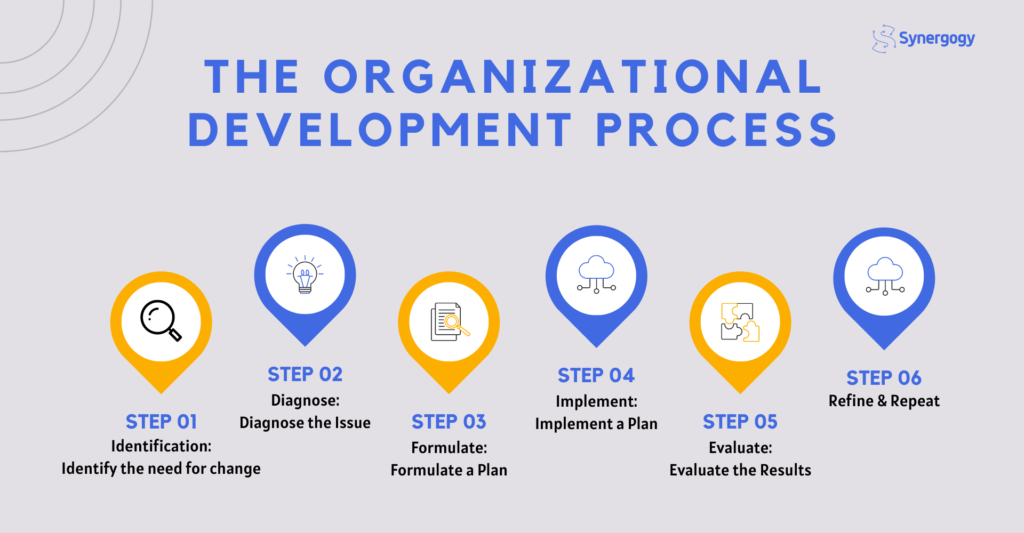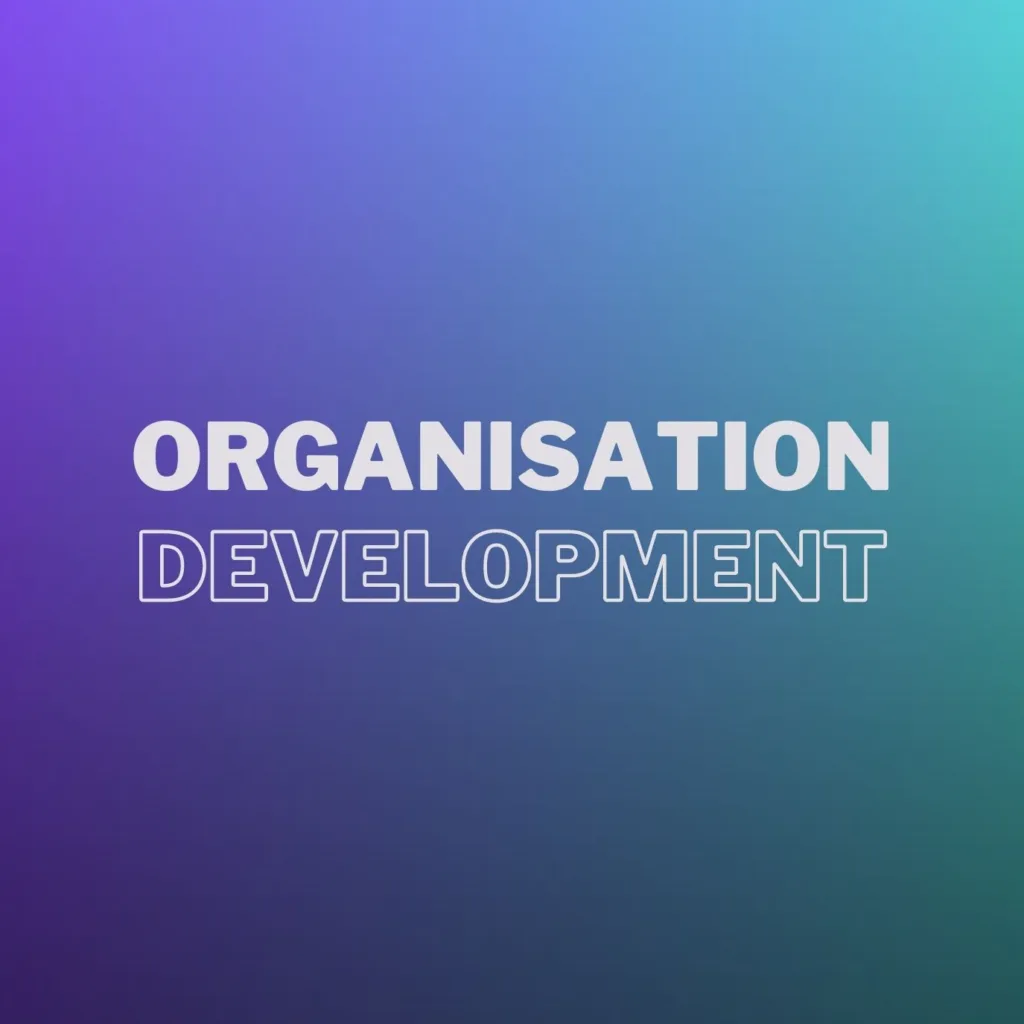The Ultimate Guide to Organizational Development

Organizational development is a meticulously planned strategy. It cultivates growth and change within organizations, fostering the enhancement of organizational effectiveness and employee well-being. This transformational process is pivotal in helping organizations adapt to changes in their respective markets, technology, and laws, and align their objectives to their strategic vision.
Defining Organizational Development
Organizational development is the practice of improving organizations by fostering knowledge, skills, and abilities among employees, enhancing their effectiveness, and streamlining processes. This concept lays the groundwork for continuous improvements, and also presents a framework to handle unforeseen challenges that might disrupt operations.
Understanding the Importance of Organizational Development
To truly comprehend the significance of organizational development, one must understand its critical roles within an organization. Here, we dive into how OD lays the foundation for success.
Facilitating Change
Organizational development provides the strategies and tools necessary to manage change effectively, fostering a culture that embraces rather than resists transformation.
Promoting Employee Development
Through training and skill development initiatives, organizational development aids in the personal and professional growth of employees, resulting in improved productivity.
Enhancing Communication
Organizational development propagates open and effective communication. This aids in creating a cohesive workforce and ensures everyone is aligned with the organization’s vision.
Key Elements of Organizational Development
The main components of OD contribute to the overall effectiveness of this strategy within an organization.
Organizational Self-Assessment
The organization must conduct a thorough self-assessment to determine the current state of affairs and understand the areas that require development.
Feedback and Communication
To effectively implement development initiatives, open communication channels are crucial. Feedback from employees can offer valuable insights into the strengths and weaknesses of current strategies.
Training and Development
OD hinges on comprehensive training and development programs aimed at equipping employees with the skills necessary to drive the organization forward.
The Organizational Development Process: A Step-by-Step Overview
The process of organizational development involves multiple stages, each serving a specific purpose and contributing to the overall success of the development strategy. Here’s a comprehensive overview:

Identify the Need for Change
Every developmental strategy begins by identifying the areas that necessitate change. This identification could be proactive, responding to anticipated changes, or reactive, responding to unanticipated situations.
Diagnose the Issue
After identifying the need for change, the organization must diagnose the underlying issues that have led to this need. This diagnosis involves an in-depth analysis of organizational structure, processes, and culture.
Formulate a Plan
Once the issues are identified and understood, the organization can then form a development plan. This plan should align with the organization’s objectives and contain actionable steps to address the identified issues.
Implement the Plan
With a plan in place, the next step is implementation. During this stage, it’s essential to maintain open communication and ensure all stakeholders understand their roles in the process.
Evaluate the Results
Upon implementing the plan, the organization must evaluate its effectiveness. This evaluation can help determine whether the strategy has met its objectives and where improvements can be made.
Refine and Repeat
Finally, based on the evaluation results, the organization can refine its strategy and repeat the process. This step is crucial as it fosters continuous improvement, a key aspect of organizational development.
The Impact of Organizational Development on Management and Leadership
Effective organizational development fosters more efficient management and leadership by streamlining processes, promoting open communication, and facilitating employee development. It equips leaders with the tools to handle change effectively, and provides a roadmap for strategic decision-making.
By embracing organizational development, organizations can ensure a culture of continuous improvement, adaptive change, and holistic growth, thereby fostering an environment that encourages innovation and success. Through these strategies, organizations can adapt to the evolving market, ensure employee satisfaction, and ultimately achieve their strategic objectives.
Our Repertoire


